In describing the origins of the Lee Street Massacre, Matthew Teutsch writes
A month after the bombing of Pearl Harbor, Black soldiers from Camp Claiborne in central Louisiana went to the town of Alexandria on Saturday January 10, 1942, for some R&R. Most of the soldiers were from the North, and on that night, a Black soldier supposedly stepped in front of a car driven by a white woman. The woman called the police, and the shooting started. Continue reading.
Previously burned to the ground by Union forces following the Civil War, the town of Alexandria remained a hotbed of racism and Jim Crow violence in the 1940s. With several military bases nearby, local police often relied on the assistance of military police during weekends, when soldiers were permitted off base. As Lamar White, Jr. reports
In 1940, Alexandria had a population of more than 27,000 people, and although nearly half were African American, there were only 17 Black registered voters in the entire city. In the 55 years between Reconstruction and the Second World War, time may have moved, but in Central Louisiana, almost everything else remained still. The primary difference was that in 1942, unlike 1877, the region’s White establishment welcomed the federal government. Continue reading.
It was here that, on the night of January 10, 1942, “a white military police officer incited a riot that allegedly resulted in at least 10 and as many as 15 Black soldiers killed and dozens more injured outside of a movie theater in the middle of downtown, on a street named in honor of Confederate Gen. Robert E. Lee,” according to Lamar. The area surrounding the massacre was quickly cordoned off and government and media reports of the incident remain vague and inconclusive, with no one knowing the exact number of people killed or injured, and with no one being held accountable. Oral histories of those present that night continue to contradict official accounts.
At the commemoration of a historical marker for this tragic event, historian Michael Wynne noted
Hopefully, the full truth of what actually happened on that never-to-be-forgotten night will come out one day. With this bronze marker, we are both remembering and honoring the soldiers injured and the soldiers who may have died that night so long ago as well as now committing ourselves to be a better people and to tell our children and our children’s children of this tragedy. Continue reading.
Further Reading
The Beginning of Hell by Lamar White, Jr. (Bayou Brief)
Heart of Louisiana: Alexandria’s Lee St. Riot by Tiffany Baptiste (KSLA)
The Lee Street Riot and the Mystery of the 364th by Lamar White, Jr. (CenLamar)
Lee Street Riot: Experts Look at Rumored Mass Grave Site at Holly Oak Cemetery in Pineville by Kailey McCarthy (KALB)
Search for Mass Grave Linked to 1942 Lee Street Incident Launched at Pineville Cemetery by Melinda Martinez (Town Talk)

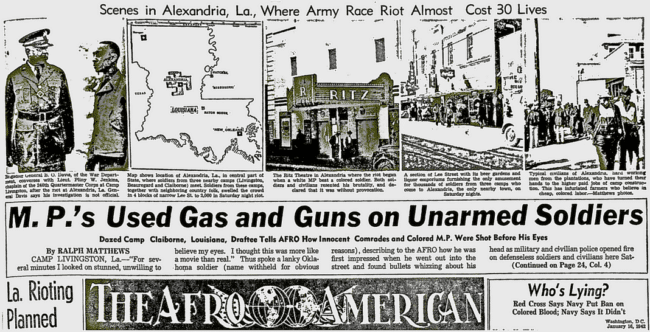
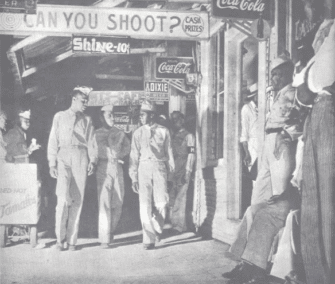

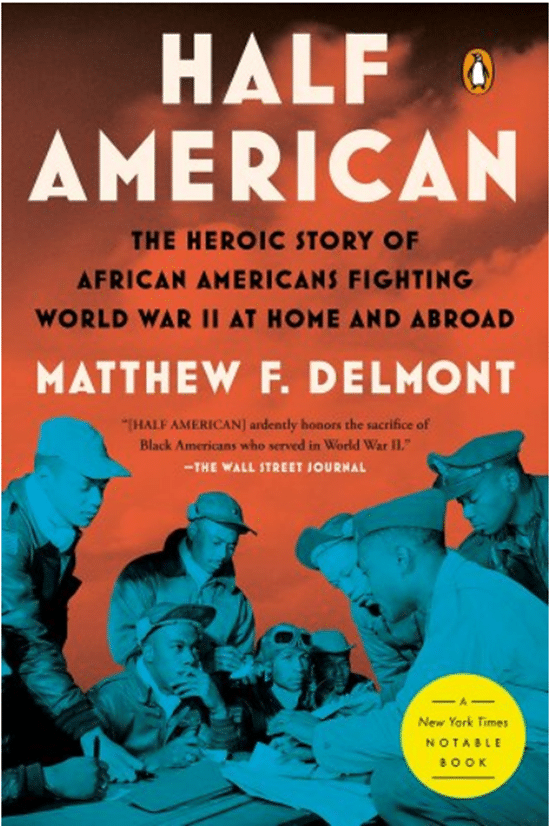

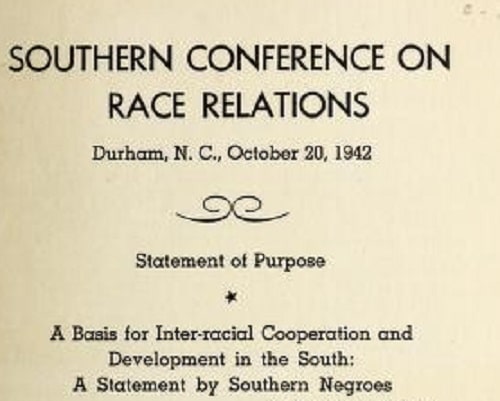
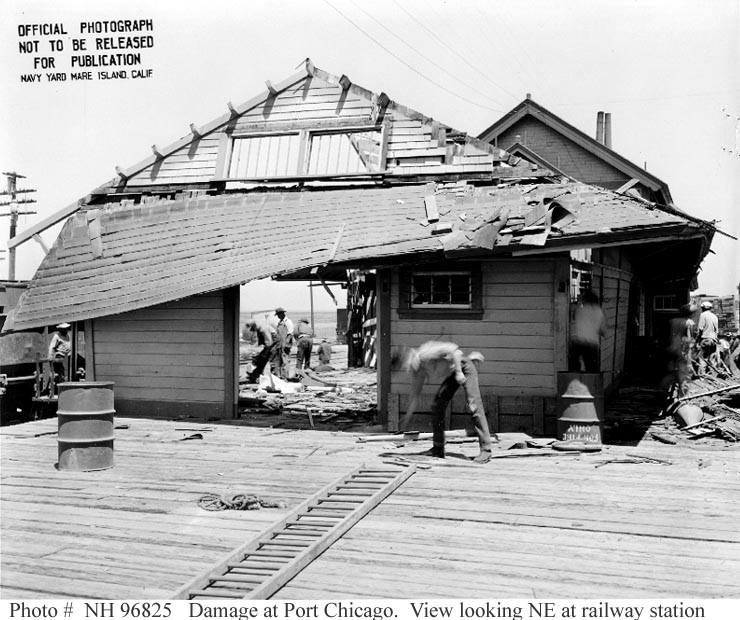
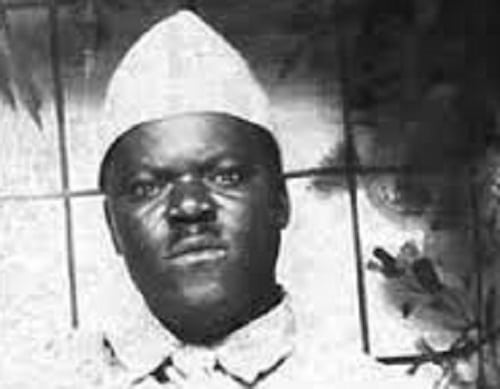





Twitter
Google plus
LinkedIn